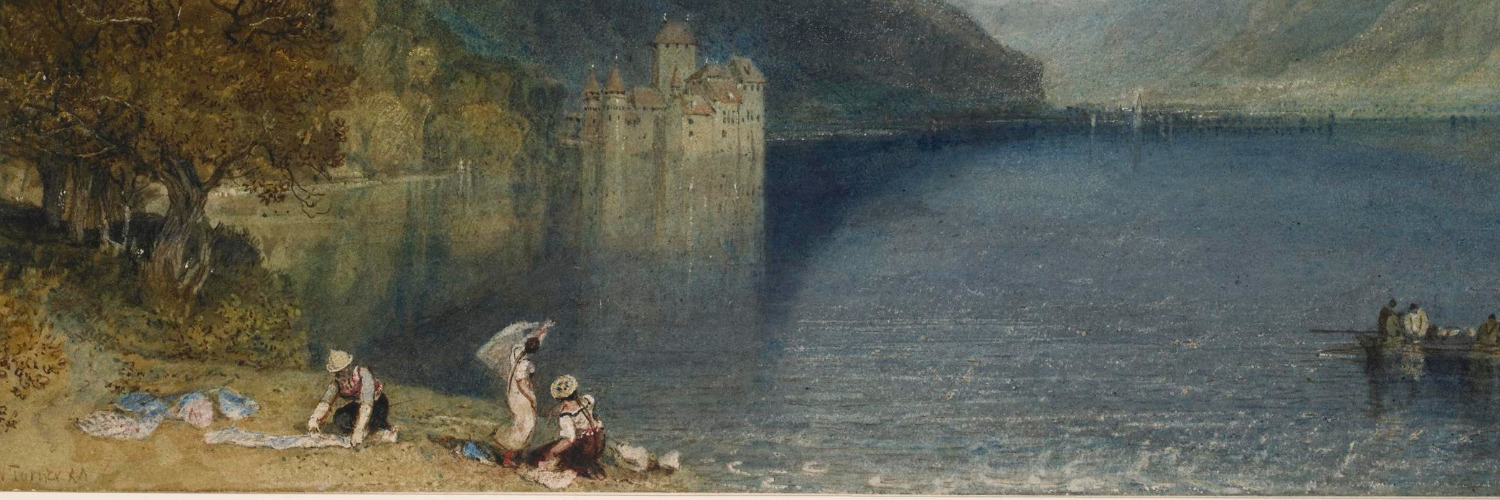AME: I got interested in feminist science fiction back in the early 80s when it was modeling all sorts of alternative utopian possibilities for gender relations, [and] for sex identity. And it really got me thinking about what sex-based characteristics are really located in biology and which ones are social constructions. And that was when I was very much caught up with feminist theory and founded the Feminist Studies program at Stanford University. I had a reading group where we were—Nan Kahane was in it, I remember, and Shelley Rosaldo—where we were really actively interrogating all sorts of classical assumptions about sex differences. And I was reading Wollstonecraft at the same time –I was working on Mary Shelley but obviously reading a lot of Wollstonecraft in preparation for that—and Wollstonecraft herself is constantly interrogating the differences and the fact that there are really no significant differences between males and females. In fact I used Wollstonecraft in that article on Ursula LeGuin because I was really thinking about how you represent political utopias—sexual-gender utopias.
So, Ursula LeGuin’s The Left Hand of Darkness: what fascinated me was that a person goes into a kenning house—a mating house—and becomes male or female depending on the person they happen to be sitting next to. One time you can be male, one time you can be female. And I thought that was really revelatory of the fact that we play different roles in relationships. Nothing is fixed [or] static through one’s whole lifetime. So that really helped me to then later think through the issues that I wanted to raise in Romanticism and Gender and also Romanticism and Feminism.
RE: . . . and really to think of it as a “gendering,” so the ability of Keats to occupy the position of feminine romanticism.
AM: Right, that femininity is a social construction, it’s not based on biology and the same with masculinity and that they change over time, and of course different cultures have different concepts of what is masculine and feminine. Now, of course, even at the level of biological sexuality, we now know about intersex in a way we didn’t years ago. So, all along, I’ve been thinking these are not things that are fixed in time or the body, although the body enacts them, performs them, as Judith Butler has taught us.
RE: The other thing that I read from early on, was an article from 1989 “The Politics of Literary Study” and I was fascinated to learn that—[AM: Now you’ll have to remind me about what that one was about.]—well what you said was that your next book would be called “The Two Romanticisms,” and so that got me thinking: Did you mean Romanticism and Feminism or Romanticism and Gender? but also what was at stake in changing your title . . .
AM: Well, the two Romanticisms were going to be masculine romanticism and feminine romanticism—it was Romanticism and Gender. Because how I was thinking through it—I mean—what I was struck by, of course, coming back to the whole canon of romanticism from a feminist perspective was a) the absence of women writers most strikingly and b) the absence of any discussion about what difference sex [and] sexual identity—the fact that these were all male writers—made to their writing.
So, the project of Romanticism and Gender was really twofold. It was to unpack what difference gender made to the writing of male Romantic writers, how they tended to promote—in very subtle ways—a masculinization of the universe. I mean, most tellingly perhaps in Wordsworth’s Prelude. In the final book of the Prelude, where nature has been female all the way along and been something that resists the male poet, and then suddenly becomes the brother of the male poet, the moment at which he, in effect, whatever word you want to use, colonizes, cannibalizes or at least authorizes himself to speak for Nature.
RE: Incorporates . . .?
AM: Yes, although at the very end of the book, Nature returns as the female—something that cannot be entirely incorporated comfortably. But I was interested in exploring that, the whole ideology of masculinity, which not only represented nature as female and appropriate-able, but also took the heroic masculine quest narrative as central. Privileged the individual encountering the sublime, something eternal, infinite, outside himself and his own relationship to it. Privileged the imagination as that which could, in a sense, create a world unto itself. Privileged political revolutions as acts of individuals overthrowing any kind of oppression, restraint.
And then when I started reading the women writers of the period realized that these were not their values at all. And that’s when I started thinking about the existence of a second—a feminine romanticism—one that was much more based on the individual in relation to other individuals, on families, on communities. Not political revolution, because it caused too much damage to families and children and mothers, but gradual evolution. And a notion of nature as—because nature was female—someone—a mother—but also someone with whom one collaborated, cooperated, rather than fought against or tried to take over. An ethic of care as opposed to an ethic of justice, and a whole different way of seeing the world.
Now one could argue, and I did subsequently argue, that feminine romanticism actually was very similar to eighteenth-century enlightenment values, the privileging of reason over the imagination, and of course led directly, almost seamlessly into what we think of as Victorian literary culture. Hannah More being central to this project. So feminine romanticism doesn’t stand out uniquely from what went before or what comes after.

